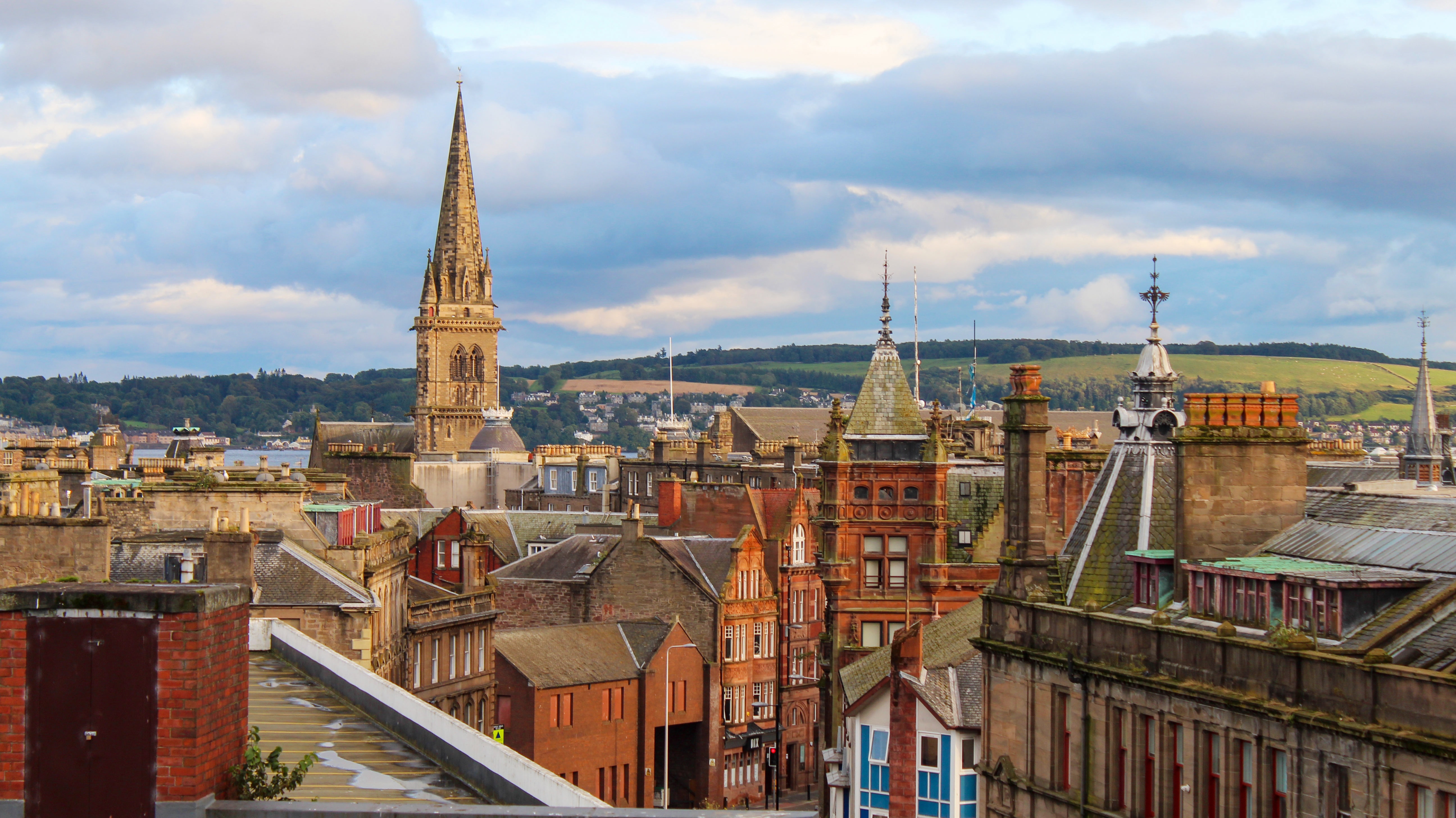Dundee to consider Rapid Rehousing Transition Plan

A new report which lays bare the state of homelessness in Dundee and the city council’s efforts to tackle it is set to go before councillors next week.
The Rapid Rehousing Transition Plan (RRTP) reports on the city’s response to homelessness in 2022/23 comparing that with the previous year and the situation when the plan was created in 201718.
Mark Flynn, convener of the neighbourhood regeneration, housing and estate management said: “What is crystal clear from reading through this very detailed report is that the Covid-19 pandemic was not only massively disruptive to people’s living arrangements at the time, but that it is also having a long-lasting effect.
“There are particular concerns that despite everyone’s best efforts there may still be an increase in homelessness and demand for accommodation as a result of the current economic situation and the humanitarian response.
“But I am pleased to note that we can point to a number of improvements and we continue to make good progress towards meeting our commitment to making more affordable new-build housing available for rent.”
According to the 30-page report there were:
- 1430 new homeless applications made to Dundee City Council in 2022/23, a 3% increase from the previous year and a 2% increase from the launch of the strategy in 2017/18;
- 97 applicants stated on their application that they slept rough in the three months preceding their application. Of these, 72 also stated they slept rough the night before their application. This is a 45% and 14% reduction respectively from the baseline position;
- 958 new applicants were assessed as unintentionally homeless during 2022/23, which was 65% of all assessments compared with 63% in 2017/18; and
- 673 households had a live case awaiting discharge of duties and 45 cases awaiting assessment. This compares with 489 open assessed cases and 103 awaiting an assessment in 2017/18.
According to the report it was originally projected that the Rapid Rehousing Transition Plan would reduce the need for temporary accommodation from 309 units to 153 units by 2022/23, however the increase in demand for such accommodation and capacity since the pandemic has made the original plan obsolete.
Despite some original targets becoming no longer achievable they were met for the first three quarters of the year through a cocktail of measures including returning surplus temporary furnished flats to mainstream lets.
Activities in the next 12 months will be focussed on remodelling temporary accommodation and increasing the supply of settled and supported accommodation, ending rough sleeping and preventing homelessness from happening.
It also commits to any placement in temporary accommodation being for as short a time as possible until settled accommodation is available.
Councillors will be asked to note the position when the neighbourhood regeneration, housing and estate management committee meets on Monday, December 4.








